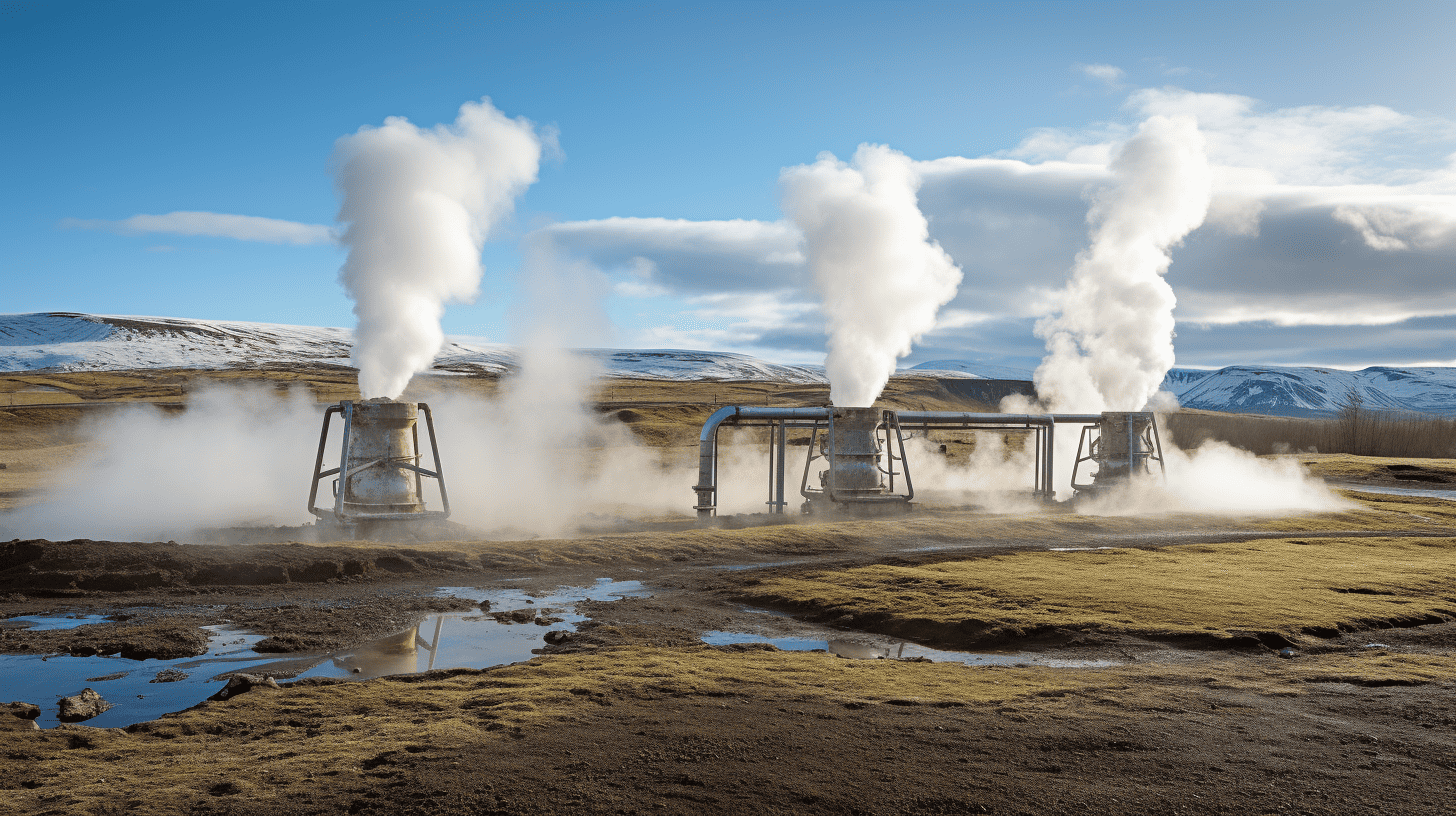
Where are the heat islands in Dutch inner cities? Over the coming weeks, IO will try to answer this question using the EcoStress data from NASA, the American space agency. Since last month, measurements using 70 x 70 meter ground surfaces have also been available for Dutch cities, making it possible to spot the local heat islands on a street level. Read the other episodes of this series here.
On Friday, August 12, the satellite flew over at precisely the right time. At that time, it was cloudless almost everywhere in the Netherlands and also above thirty degrees Celsius. We already covered Enschede in the first episode. Now that the processing and design process has been reorganized more efficiently, three more cities will be added twice a week.
It is important to point out that ground temperature by definition is more extreme in its behavior than the air temperatures we are familiar with from weather maps. This is because meteorologists measure these values at a height of one-and-a-half meters above a grass field. On a sunny summer day like Friday, August 12, it is almost always hotter on the ground surface than on the KNMI weather maps. This difference is highlighted in the block below right.
To start with: Arnhem, a city that, due to its location on the floodplains of the Rhine River and its proximity to the slightly hilly Sonsbeek Park, reveals considerable differences in a relatively small area. You can zoom in on a more detailed level with the interactive tool underneath this image.

Parks and floodplains
The fact that it is a lot more comfortable to be outside the built-up area during a heat wave will come as no real surprise. In this city, the differences between inside and outside the built-up area become clear at a glance. The center of Arnhem is in that respect quite unique because it actually lies between two ‘cooler’ places.
Consequently, it quickly becomes clear that the northern part of the inner city in particular tends to sweat the most during periods of tropical weather, with readings above 47 degrees C on the ground at Willemsplein, the area around Gele Rijdersplein and to the east of Airborneplein.
It is remarkable how the river manages to do its cooling job exceptionally well in the southwestern part of the inner city. Ground temperatures are dropping by up to ten degrees on the floodplains of the Lower Rhine. The gentle slopes of the Sonsbeek Park also seems to be an ideal location for those Arnhemmers looking to cool off. The further you go into the park, the cooler the ground becomes.






Is Eindhoven the coolest?

Although the maximum temperatures of Arnhem and Eindhoven were more or less the same on August 12, it is considerably much more pleasant to linger in the Brabant city center than it was on the previous map. Ground temperatures above 45 degrees C do occasionally occur here, but you really have to look for that. Although it is a few degrees hotter in the center than in the surrounding neighborhoods, it seems as though the municipality of Eindhoven has the heat island situation reasonably under control here.
Apart from the fact that the temperatures are considerably lower than in Arnhem and Enschede, the area with very high values is also much more limited in terms of size. The Dommelstraat, a parking lot on Keizersgracht and the narrow Demer shopping street are the (moderate) hotspots here. The Anne Frank Plantsoen, the garden of Stadsvilla De Laak and the green residential area on the other side of the Dommel kept things cool the most.






Haagse Hittegolf

For years, the inner city of The Hague has been considered a notorious heat island, and the NASA data for August 12 bears this out. Although it was one and a half degrees cooler in the western part of the country than in Arnhem and Eindhoven, comparable or even higher ground temperatures are measured here.
Still, this is somewhat surprising for a city that lies nota bene by the sea. The Spui, the surrounding shopping streets and the train station square at Hollands Spoor were the warmest. Cooling can mainly be found on the Malieveld – and especially in the adjacent Haagse Bos (The Hague forest) – where differences in temperature exceed ten degrees.
The coolest spot in The Hague city center can be found at the pond in the garden of the Noordeinde Palace, the workplace of King Willem-Alexander. The area around neighboring Kortenbosch Park in the western part of the center comes a close second.






From warm to cool
Despite the amount of heat that permeates this particular episode, no city so far rivals the very hot conditions in Enschede’s inner city that were featured in the debut of this series. While ground temperatures of above 47 degrees C were an exception to the rule in all these places, there were hardly any pockets of cooler temperatures in the Enschede city center. In some places, the values even rose to over 50 degrees Celsius.
Of the four cities that were studied, the center of Eindhoven seems to have the fewest problems with heat islands for now. This applies to both the total surface area and the highest temperature spike. In Arnhem and The Hague, the shopping areas have relatively high levels of heat in the streets, while cooling can be found just a stone’s throw away in the form of sizeable city parks. In the gallery below, all four are listed according to highest measured value, with Enschede as a notable outlier.
This Friday, a new episode will be published with three new Dutch cities.











